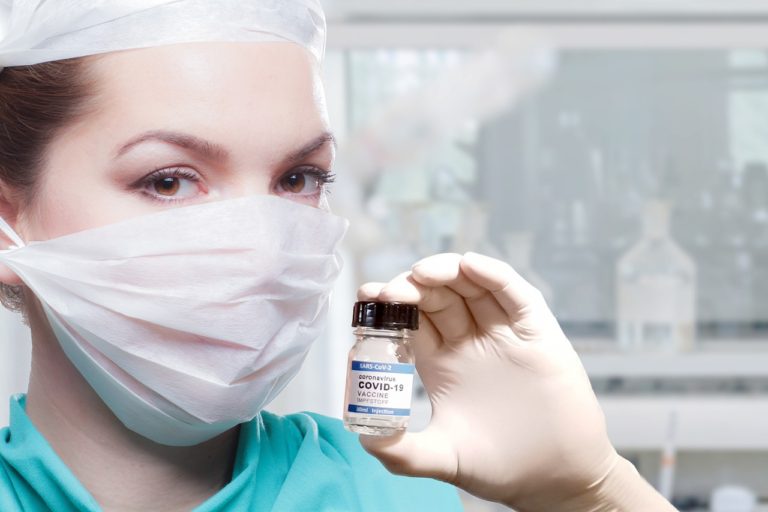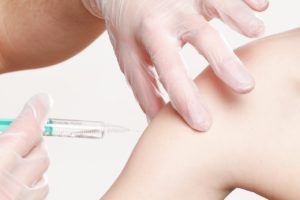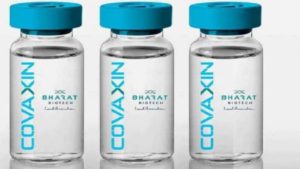What is an ideal vaccine lingers in everyone’s mind. So, to begin with we must discover what is a vaccine and how to find out what is an ideal vaccine.
Vaccines are biological products that protect people against many diseases that can be very dangerous and fatal, by producing immunity to a specific disease.
They reduce risks of getting a disease by working with body’s natural defenses to build protection. Till date, several vaccines have been introduced against various diseases across the world.
What is an ideal vaccine?
But in this ocean of vaccines, ‘The Ideal Vaccine’ is the elixir of life. It not only prevents the disease at hand, but also contributes to reduce disease prevalence, helping curb onset of potential pandemics. Therefore, one must thoroughly be acquainted with the properties of an ideal vaccine before being subjected to it.
Certain desirable features are to be looked for in a vaccine to qualify it as an ‘Ideal’ vaccine.
Predominant features include –
- Safety
- Efficacy
Others features[3] –
- Cost
- Ease of administration
- Stability
- Multivalency
- Long-term immunity
SAFETY
The most important feature that demands for substantial scrutiny in any vaccine is its safety. Initial testing of any vaccine involves testing in animals. To address potential safety concerns and avoid any possible harm to humans, in vivo and in vitro (preclinical) animal toxicity studies are conducted before the start of human trials.
Side effects are an innate part of any medicine, including vaccines. Slight discomfort (such as mild fever, pain, redness or swelling at the site of injection) can be acceptable and should not be a cause for alarm.[5] An ideal vaccine shall pass through all the animal toxicology studies and induce an appropriate immune response. This helps in gathering valuable information that can be expected in humans before initiating human trials.
EFFICACY
An ideal vaccine should be highly efficacious under specific conditions with 100% vaccine uptake. Through controlled clinical trials, efficacy is measured with regard to the percentage reduction of disease in vaccinated people as compared with the non-vaccinated people.
Apart from safety and efficacy, secondary factors should also be considered for an ideal vaccine.
ECONOMICS OF VACCINATION
A large component of vaccination costs arises from maintaining cold chains, storage, and transport in addition to salaries of medical and paramedical staff rather than the actual cost of the vaccine production. An ideal vaccine must be economical and accessible to people from all walks of life. The cost-effectiveness of immunization has made vaccines increasingly affordable for low-income countries.
EASE OF ADMINISTRATION
Though modes of vaccine administration are divided into Oral, Intradermal, Subcutaneous and Intramuscular, oral administration is the most preferred and also advantageous for vaccine delivery, e.g. Oral Polio Vaccine. Also, oral administration of vaccine makes immunization easier by eliminating the need for a needle and syringe.[8] However, even this method has certain limitations associated with it. For vaccines that are administered as injectables, skilled healthcare workers are necessary.
THERMAL STABILITY
Thermal stability of the vaccine plays a significant role, particularly for use in tropical countries and countries with minimal infrastructure. High thermal stability is desired in an ideal vaccine, thus facilitating storage conditions in such countries and obviates the need for expensive cold storage chains.
MULTIVALENCY
A multivalent vaccine is a vaccine prepared from cultures of two or more strains of the same species or microorganism to immunize against a single disease. [9] Sometimes, several vaccines may be administered as a combination, as in case of hexavalent vaccine DPT-IPV-HepB-Hib.
LONG-TERM IMMUNITY
An ideal vaccine vouches for greater longevity. Long -term protection relies on the persistence of vaccine antibodies above protective threshold and the effective re-activation of the immune memory cells with subsequent infections.
Once a vaccine holds all these properties and is administered to sufficiently large proportion of a certain population, it eventually leads to development of Herd immunity (or community immunity). Keep reading this space to get further insight on immunity.
References –
- https://immunizebc.ca/what-are-vaccines
- https://www.who.int/vaccines/questions-and-answers/q-a-on-vaccines
- https://doi.org/10.1007/BF00328978
- https://www.who.int/biologicals/vaccines/nonclinial_evaluation_of_vaccines/en/
- https://www.who.int/biologicals/vaccines/nonclinial_evaluation_of_vaccines/en/
- https://www.jhsph.edu/covid-19/articles/achieving-herd-immunity-with-covid19.html\
- https://www.cdc.gov/flu/vaccines-work/effectivenessqa.htm
- https://vaccine-safety-training.org/route-of-administration.html
- https://www.ncbi.nlm.nih.gov/pmc/articles/PMC5216423





